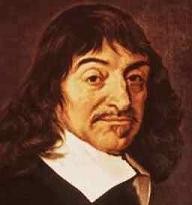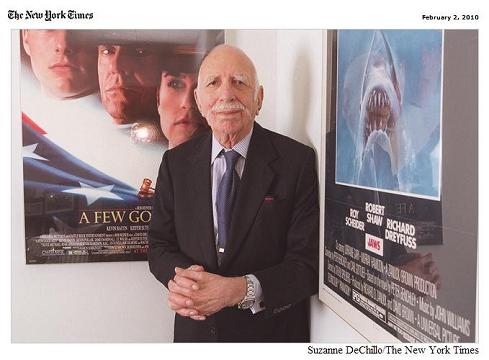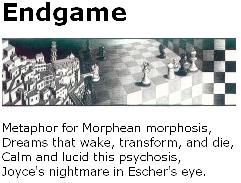Epigraphs from Parallelisms of Complete Designs
by Peter J. Cameron (Cambridge University Press, 1976)
Introduction
Through the unknown, remembered gate
When the last of earth left to discover
Is that which was the beginning
(T. S. Eliot: Little Gidding)
I The existence theorem
Here the impossible union
Of spheres of existence is actual
(T. S. Eliot: The Dry Salvages)
II The parallelogram property
A condition of complete simplicity
(Costing not less than everything)
(T. S. Eliot: Little Gidding)
III Steiner points and Veblen points
You say I am repeating
Something I have said before. I shall say it again.
Shall I say it again?
(T. S. Eliot: East Coker)
IV Edge-colourings of complete graphs
And hollyhocks that aim too high
Red into grey and tumble down
(T. S. Eliot: East Coker)
V Biplanes and metric regularity
Two and two, necessarye conjunction,
Holding eche other by the hand or the arm
Whiche betokeneth concorde.
(T. S. Eliot: East Coker)
VI Automorphism groups
At the still point of the turning world. Neither flesh nor fleshless;
Neither from nor towards; at the still point, there the dance is,
But neither arrest nor movement.
(T. S. Eliot: Burnt Norton)
VII Resolutions and partition systems
… fiddle with pentagrams
Or barbituric acids, or dissect
The recurrent image into pre-conscious terrors .. .
(T. S. Eliot: The Dry Salvages)










